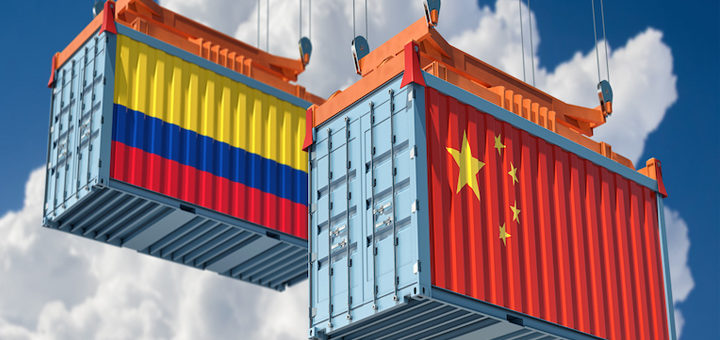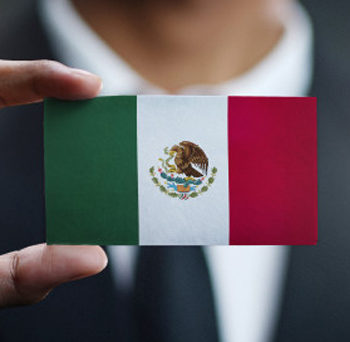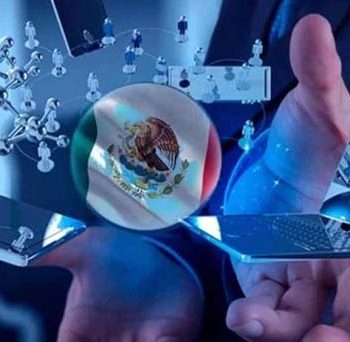
(English) China’s Bet on Colombia, Seeking Its ‘Golden Age’ in Latin America
- Posted by Colombia
- On 06 06UTC julio 06UTC 2023
- 0 Comments
In the last two decades, the People’s Republic of China (PRC) has played a fundamental role in the economies of Latin America. Between 2005 and 2017, China lent several countries in the region close to $136 billion.
The amount exceeded what, for the same period, the World Bank, the Inter-American Development Bank, and the CAF-Development Bank of Latin America together granted to Latin America, data from U.S. think tank Inter-American Dialogue indicated.
According to experts, these loans were motivated by a new market penetration strategy to strengthen the economic growth and geopolitical interests of the PRC.
“Before 2000, Latin America was a foreign region for China and vice versa. It was almost impossible for China to enter these economies where its companies were not known either by the governments or by the consumers of the region, nor did they have the lobbying capacity to penetrate the different markets,” Margaret Myers, director of the Asia and Latin America Program of the Inter-American Dialogue, told Diálogo.
At the beginning of the 21st century, China entered the region with a strong foothold, through substantial government-to-government loans, and by getting recipient countries to commit on hiring Chinese companies for future projects and acquiring equipment made in China.
“By 2014, China had developed an offensive focused on three pillars: financing, trade, and investment,” Myers said.
Bilateral trade between China and Latin America soared, reaching historic levels in record time for both economies, from $12 billion in 2000 to $450 billion in 2021, according to data from the International Monetary Fund (IMF).
Investment also increased. “Last year [2022] China invested $8.4 billion in the European Union […] and between $7 billion and $10 billion in Latin America,” economist Pepe Zhang, associate director and senior fellow at the Atlantic Council’s Adrienne Arsht Latin America Center, told Diálogo. “The fact that Latin America and the Caribbean are attracting investments comparable to those it has with […] Europe is impressive, something unimaginable a decade ago,” Zhang added.
According to Zhang, this is due to a strategy of commercial influence, to obtain greater access to strategic products. “China looks to Latin America for opportunities to support its economic growth at the national level and that is why the commodities they export such as proteins, soybeans, copper or iron, among others, are the most important in their commercial relationship,” he said.
But experts on the subject go further. Carlos Augusto Chacón, director of the Hernán Echavarría Olózaga Institute of Political Science in Bogotá, says that “this explosive growth of trade relations between China and the region is the result of a more aggressive foreign policy of the Xi Jinping government, which reveals a more authoritarian image of the second largest economic power in the world. China has spent the last decade successfully leveraging diplomatic influence through its trade relations for the sole purpose of gaining political leverage.”




0 Comments